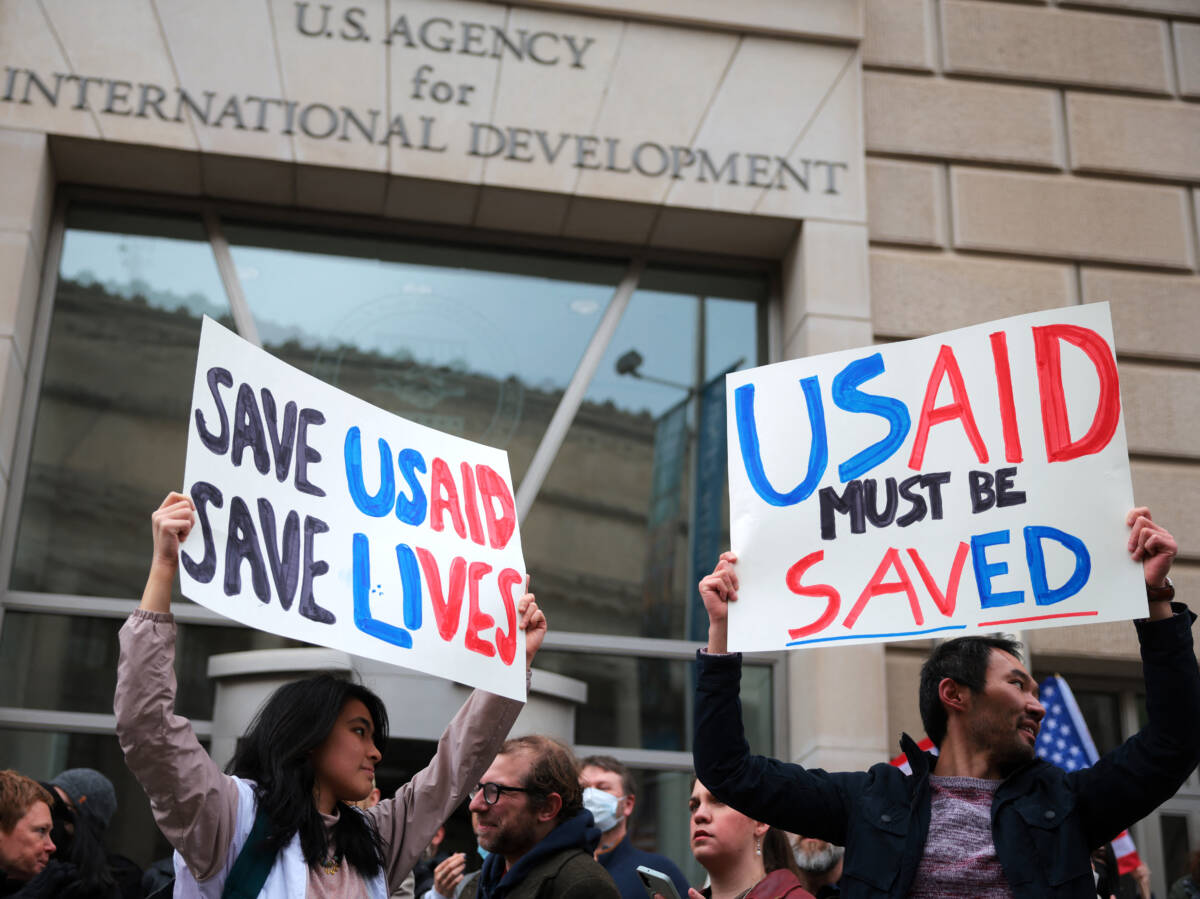USAID’s Role in Syria Before 2025
- The U.S. has long been Syria’s largest humanitarian donor. In fiscal year 2024, U.S. humanitarian assistance totaled roughly $580 million, including $465 million via USAID/BHA—over 27% of UN-coordinated aid
- USAID supported a broad range of programs: food aid, healthcare, clean water, nutrition (especially for pregnant women and children), civil defense (White Helmets), war-crimes investigations, and chemical weapons monitoring
🚨 Major Cuts in Early 2025
- January Freeze & 90-Day Review
- On January 20, 2025, President Trump issued an executive order halting nearly all foreign aid, triggering a 90-day review
- Although waivers were issued for “life-saving” aid, confusion over definitions caused widespread suspensions. NGOs reported paused services and delayed or canceled payments
- Mass Terminations & Dismantling of USAID
- By late February–March, the administration had canceled ~5,200 of 6,200 USAID programs worldwide; only 18% remained and were transferred to the State Department
- In Syria alone, more than $126 million of food and humanitarian contracts were cut—including bread distribution to around 1.5 million people
- A $30 million USAID grant funding the White Helmets was terminated, crippling search-and-rescue operations and chemical-warfare investigations
- USAID staff were drastically reduced—from over 10,000 globally to fewer than 300 by early February
📌 Immediate Impact in Syria
- Health clinics closed: Dozens of USAID-supported clinics—such as those run by Médecins du Monde in northwest Syria—were forced to shut, affecting tens of thousands of internally displaced persons
- Vulnerable camps destabilized: Reduced WASH and camp support heightened risks of disease, riots, and potential IS-affiliated breakouts in Al-Hol, Roj, and al‑Hol camps
- Chemical-weapons disarmament and war-crimes probes stalled: Loss of U.S. support hampered investigations, forensic documentation, and civil defense restructuring .
- Food security threatened: WFP and other food-aid contracts worth over $111 million were terminated—impacting basic nutrition for millions
🔄 Partial Reversal by April 2025
- On April 8, 2025, USAID officially restored food aid to Syria (and other countries like Lebanon and Jordan), though Afghanistan and Yemen remained excluded
- However, non-food programs—health, water, civil defense, and forensic support—remained largely defunct, either permanently terminated or in prolonged limbo
🧭 Summary
| Period | Action | Syria-Specific Impact |
|---|---|---|
| Pre-2025 | USAID heavily funded Syria (food, health, White Helmets, investigations) | >$465M/year, >$18B since 2012 |
| Jan–Mar 2025 | Freeze → review → mass program cancellations | >$126M aid cut; White Helmets funding pulled; clinics closed; camps destabilized |
| Apr 2025 onward | Some food aid restored | Non-food humanitarian programs remain largely dismantled |
🔍 Bottom Line
Since the second Trump administration began in January 2025, USAID funding for Syria has been radically reduced:
- Massive program cancellations—over 80% of USAID-funded projects were terminated globally.
- Major humanitarian lifelines in Syria—clinics, food systems, civil defense, investigations—were disrupted.
- Although food aid returned by April, the broader humanitarian infrastructure remains severely weakened, with long-term consequences for public health, stability, and justice efforts in Syria.

Leave a Reply